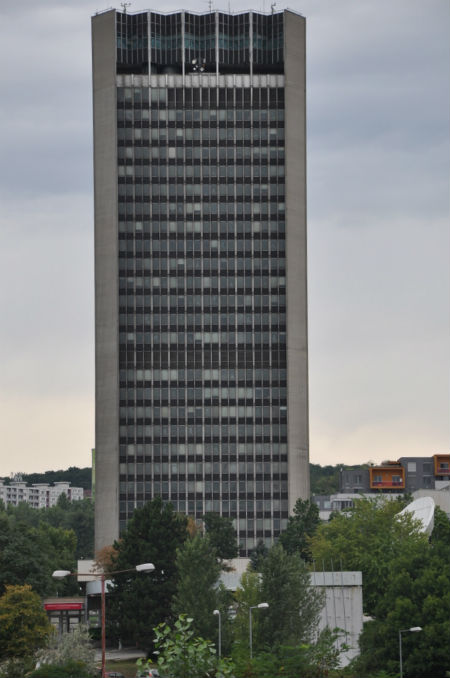
Vienna, AUSTRIA — RTVS, Slovakia’s national broadcaster, has embarked on a project to upgrade its archive system and create a national TV archive that includes its legacy SD material. The project will use NOA systems to build a complete MAM facility to manage all ingest workflows and transcoding, with logical content description, and full integration of radio and TV content.
RTVS Slovakia
The installation includes four NOA Framelector machines for the ingest of SD Video with complete RF monitoring control, and a five-server transcoding farm based upon MediaButler for export from lossless ffv1 towards the production formats in use at RTVS, including IMXD10, XDCAM, DVCPRO and others. A set of mediARC file management tools – FileManager, Remote File Agent, Storage Connector – will handle transparent OAIS File management and replication between WAN sites. A four-server QC analysis farm using VidCHECK with Quantum StorNext AEL6000 complete the upgrade to the RTVS facility.
As part of the technical solution a clustered Oracle ODA metadata repository will be shared over WAN together with a possibility to share all essence files, through an intelligent cacheing mechanism supported via NOA RemoteFileAgent (RFA).
RTVS chose a NOA solution for SD Video particularly for its ability to create mathematically lossless archive files based upon ffv1, and for its RF logging of ingested material for perfect quality control. The NOA installation will be integrated through standard XML and file gateways with metadata management and provides a mediARC API for live replication towards external RTVS repositories.
“This new installation will give us a complete archive-centric view on all kinds of production creation,” said Vladimir Hübner, Project Manager at RTVS. “Our aim is also to share existing metadata description and the metadata repository for better semantic linking of content crossmedia – both radio and TV.”
NOA Audio’s mediARC has gained a strong base of users in both broadcasting and institutional archiving, and the system’s ability to meet the needs of archivists and production teams is especially useful when the two roles are required within the same organisation.
Providing customers with structured and flexible high-performance content management that will last for decades, mediARC allows access to a deep level of the database and makes it easy to create extremely specific business processes using complex and sophisticated workflows.
“We are thrilled to be involved in such a large and complex installation,” said Christophe Kummer, CEO of NOA Audio Solutions. “Our simple-to-use video modules for the transcription of large volumes of SD material get such a good market share because not many competitors are able to provide easy workflow systems for video which are so well linked to a central, well-managed metadata repository.”









